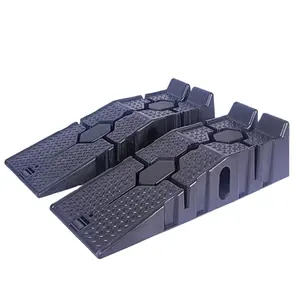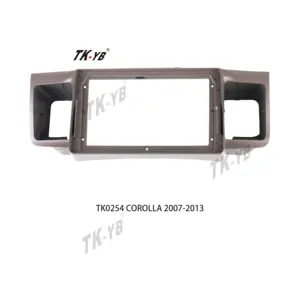Popular in your industry







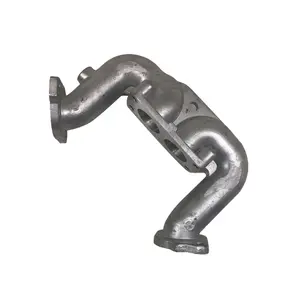
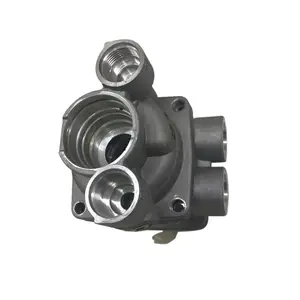




































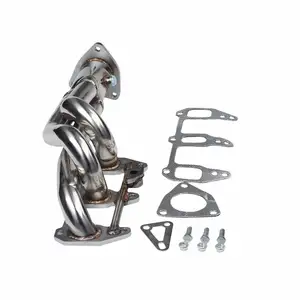




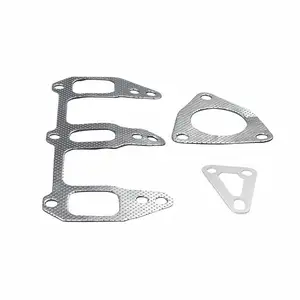












Related Searches:






















 Ready to Ship
Ready to Ship













































































Top categories
About exhaust header for mazda
Embarking on the journey to elevate your vehicle's performance can be as thrilling as it is technical. The heart of this quest often lies in the intricate dance of exhaust gases, where the right exhaust header plays a pivotal role. This guide is your roadmap to understanding how a well-chosen exhaust header can transform your car from a mere participant in the performance race to a frontrunner. With a focus on the delicate balance between power, efficiency, and sound, we'll navigate through the essentials of header selection and the profound impact it has on your vehicle's capabilities.
Understanding Exhaust Headers and Their Role in Performance
Exhaust headers are essential components for enhancing the power and responsiveness of a vehicle. They play a crucial role in the engine's breathing process, allowing for a more efficient exit of exhaust gases. By optimizing the exhaust flow, headers significantly contribute to the overall performance of the car. The design of the headers ensures that the gasket connection to the engine is durable, often made from reusable stainless steel, which negates the need for replacement when installing a new header. It's important to note that while some may consider wrapping headers to increase performance, this practice is generally discouraged as it can lead to moisture retention and potential fire hazards due to accumulated petroleum emissions. Instead, alternatives such as ceramic coatings or heat blankets are recommended, which do not trap moisture and thus preserve the integrity of the headers.
Types of Exhaust Headers Available on Alibaba.com
Alibaba.com offers a diverse range of exhaust headers tailored for various vehicles, catering to different models and performance requirements. The selection includes stainless steel racing exhaust manifolds, which are known for their durability and corrosion resistance. Options such as valvetronic exhaust systems for sound adjustment and electric remote valve mufflers provide customization for car enthusiasts seeking a specific auditory experience. For those looking to enhance their vehicle's performance, there are downpipes with catalysts designed to enhance airflow and engine efficiency.
The catalog also features catback systems, a popular upgrade that replaces the entire exhaust system from the catalytic converter to the tailpipe, offering a balance between performance and sound. These systems are available for a variety of models. Additionally, the collection includes equal length catted headers which aim to equalize the pressure in the exhaust pipes, thereby improving engine performance and response.
For those seeking a more race-oriented upgrade, the site lists performance headers designed to increase power by reducing back pressure. The headers are engineered for a snug fit and optimized exhaust flow, which can lead to better horsepower and torque figures. Moreover, the range of headers for various models demonstrates the platform's commitment to providing a comprehensive selection for car tuning enthusiasts.
Key Features to Consider When Selecting an Exhaust Header
When selecting an exhaust header for your vehicle, it's crucial to understand the key features that contribute to engine performance and efficiency. The design of the header from the flange to the collector, including the length and diameter of the individual tubes, plays a significant role. The primary tube length should match the engine’s RPM range, with longer tubes favoring lower RPM ranges and shorter tubes for high-RPM engines. The diameter of the primary tubes is equally important, as it controls the velocity of the exhaust gases. Correctly sized tubes ensure good torque without hindering horsepower, serving both low-end grunt and high-end power.
The header's bends and routing can enhance flow, and the collector design utilizes fluid dynamics to effectively scavenge gases from the cylinders. This scavenging effect is optimized by engineering the primary-tube lengths to harmonize with the engine’s cam overlap, creating a low pressure that aids in exhaust gas evacuation and intake charge drawing. It's essential to avoid overly large tube diameters, which can reduce exhaust velocity and vacuum creation, leading to poor engine performance. A quarter-inch change in tube diameter can shift the torque peak by approximately 700 to 800 RPM, demonstrating the sensitivity of header sizing to engine characteristics.
Material Matters: What Are Your Headers Made Of?
When considering the construction of exhaust headers, material choice is paramount. Headers are typically crafted from tube steel, with variations in composition affecting performance and durability. Stainless steel tubing, often in high-quality grades, is a common choice due to its ability to withstand high temperatures and its lighter weight compared to cast manifolds. However, this material may be more prone to stress fractures over time.
For those seeking a balance between the thermal advantages of cast manifolds and the design flexibility of tubing, thick-walled stainless steel pipe presents an optimal solution. This material is characterized by thicker walls, enhancing its durability and ability to resist extreme temperatures and cracking. The choice of material will significantly influence the header's performance, with each option presenting its own set of benefits.
The Impact of Exhaust Header Design on Engine Efficiency
The design of exhaust headers plays a crucial role in enhancing engine efficiency. By replacing the common exhaust manifold with individual pipes for each cylinder, exhaust headers reduce back pressure significantly. This allows exhaust gases to exit the cylinders with less resistance, ensuring that the engine does not waste power pushing against this pressure. The meticulous construction of these headers, where each pipe is cut and bent to equal lengths, ensures that exhaust gases are evenly spaced out as they enter the collector. This equal spacing is key to preventing the buildup of back pressure that can occur when multiple cylinders share a collector. Consequently, this optimized flow within the exhaust system contributes to better engine performance and efficiency.
Installation Tips for Maximizing Performance
Installing an exhaust header involves removing the primary catalytic converter from the stock exhaust manifold, which houses two sensor positions. The appropriate header accommodates these sensors with fittings in the primary tube collector. However, this can lead to an error code and an illuminated 'check engine light' due to the oxygen sensor reading the same levels as the air/fuel ratio sensor.
To avoid triggering the error code, the secondary oxygen sensor can be repositioned behind the catalytic converter in the mid-pipe. This requires removing the mid-pipe, drilling a hole, and welding a sensor nut for the sensor reinstallation. The provided kit includes a stainless steel mounting bung, a plug, a wiring extension, and detailed instructions. The wiring harness extension is designed with OEM electrical connectors and high-temperature resistant wire, ensuring compatibility with the factory connectors.
Maintaining Your Vehicle's Exhaust Header
Maintaining the exhaust header of your vehicle is crucial for ensuring the longevity and performance of your car. It's important to avoid practices that can lead to premature wear, such as wrapping the headers. Wrapping is known to trap moisture and can attract oil and other flammable substances, potentially leading to a fire hazard. This practice can also accelerate the deterioration of the header's polished stainless surface and compromise the welds. For those looking to protect their headers from heat, alternatives such as ceramic coatings or heat blankets are recommended, as they do not retain moisture. Regular inspections can help identify any emerging issues before they become major problems, ensuring that your vehicle's exhaust system remains in top condition.
Advantages of Upgrading to a High-Quality Exhaust Header
Upgrading to a dedicated exhaust header can significantly enhance engine performance by reducing back pressure. This is achieved as each cylinder is provided with its own exhaust pipe, culminating in a larger collector pipe. The meticulous design ensures that all pipes are of equal length, allowing exhaust gases to flow seamlessly without the interference that typically occurs in a shared manifold. This equalization of exhaust flow eliminates the back pressure that can otherwise hinder performance. By optimizing the exhaust stroke and minimizing resistance, the engine does not waste power pushing against back pressure, thereby improving overall efficiency and power output.
Conclusion
In the pursuit of automotive excellence, the selection and maintenance of an exhaust header emerge as critical factors in enhancing your vehicle's performance. The journey from understanding the role of headers in engine efficiency to the meticulous installation and maintenance culminates in a harmonious blend of power, sound, and durability. Key considerations such as tube length, diameter, material, and design intricacies must be made with precision to ensure that the engine breathes with ease, translating to tangible improvements on the road. Upgrading to a high-quality exhaust header not only optimizes the exhaust stroke but also redefines the driving experience by minimizing back pressure and maximizing power output. As we conclude, remember that the right header is not just an accessory; it is a statement of performance, a commitment to efficiency, and a testament to the driver's quest for the ultimate driving experience.

